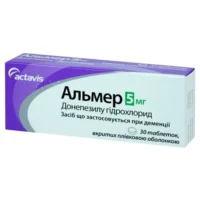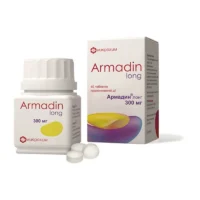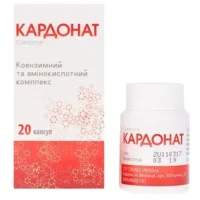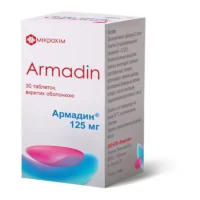Description
Pregabalin Oral Solution 20 mg/ml 200 ml Vial
Ingredients:
- Each ml contains 20 mg of Pregabalin.
Dosage:
The recommended dosage is determined by a healthcare provider based on individual needs. It is typically taken orally, with or without food, as directed.
Indications:
Pregabalin oral solution is indicated for the management of neuropathic pain associated with diabetic peripheral neuropathy, postherpetic neuralgia, and fibromyalgia.
Contraindications:
Do not use Pregabalin oral solution if you are allergic to Pregabalin or any of the other ingredients in the solution. It is important to consult a healthcare provider before starting this medication.
Directions:
Shake the vial well before each use. Use the provided measuring device to ensure the correct dose. Do not stop taking this medication abruptly without consulting your healthcare provider.
Scientific Evidence:
Studies have shown that Pregabalin is effective in reducing neuropathic pain and improving quality of life in patients with various neuropathic pain conditions. Research published in the Journal of Pain Research demonstrated the efficacy of Pregabalin in the management of diabetic peripheral neuropathy.
Additional Information:
Pregabalin works by binding to calcium channels in the central nervous system, which reduces the release of neurotransmitters involved in pain signaling. Its pharmacological effects involve modulating calcium influx in nerve terminals, thereby reducing the release of excitatory neurotransmitters such as glutamate, norepinephrine, and substance P. This mechanism contributes to its analgesic and anticonvulsant properties.
Clinical trials have shown Pregabalin to be effective not only in neuropathic pain but also in generalized anxiety disorder and partial-onset seizures. Its tolerability and safety profile make it a valuable option in the management of various conditions.





